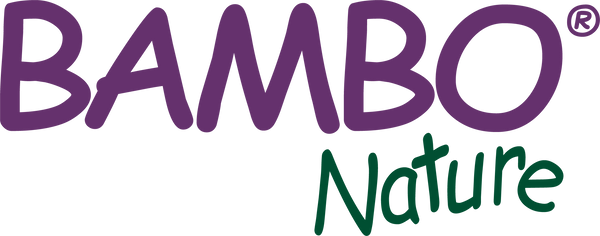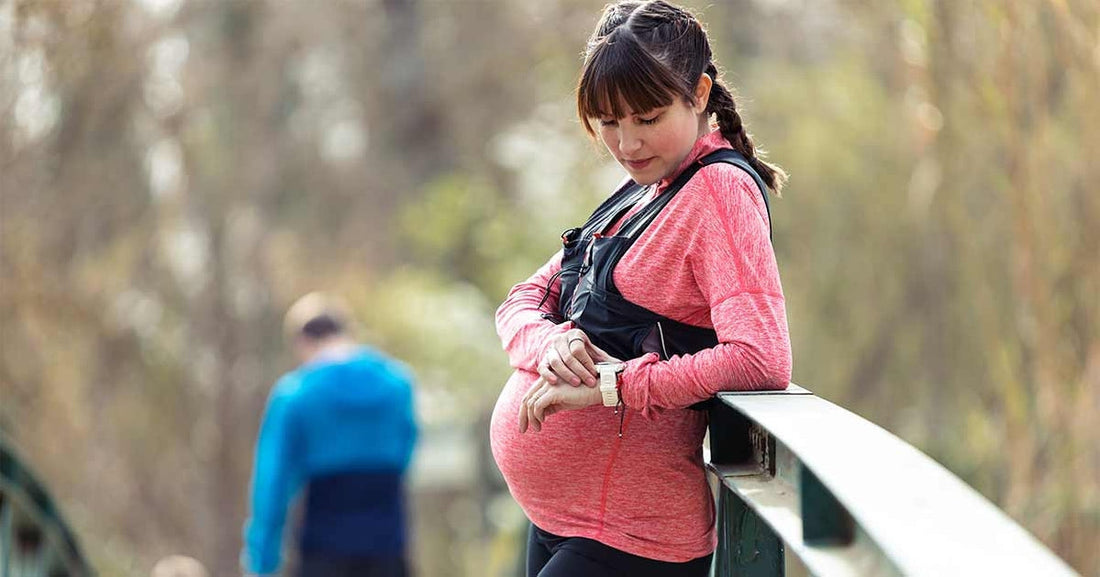This week, we recommend getting your hands on a fitness ball if you haven’t already! They’re great for exercises before birth, during labor and contractions, as well as after birth.

Sweet Dreams.
Did you know that babies dream in the womb? Studies have found that their eyelids move just as ours do when we enter the REM-cycle of sleep. If only we knew what they were dreaming about! In addition to dreaming, your baby now has all of the five senses – sight, smell, taste, touch and hearing – in place!
During week 31 of your pregnancy, your baby grows to measure around 40 centimetres from head to toe and weighs 1800-1850 grams.
Keep an eye on your pulse when exercising
We’ve said it before, and we’ll say it again: we recommend that you exercise during your pregnancy! It’s good for the blood flow and for the overall health of your body. But it’s very important that you keep an eye on your pulse! Remember, your heart is working double-time, pumping all of that extra blood through your system.
Your lungs are also working hard, and especially now, as your baby is growing bigger and bigger, you’ll probably feel out of breath quickly since your baby is pressing upwards, squeezing your lungs a bit. So take it slow and listen to your body – there’s no shame in taking a break!

Bounce, baby, bounce
Have you bought a fitness ball yet? If not, we can only recommend getting your hands on one since they are great both before, during and after birth! Also called exercise balls, yoga balls or even birthing balls, they are easy and cheap to come by, and so versatile!
Before the baby comes, you can use the ball to do pelvic floor exercises and other pregnancy-friendly exercises to strengthen your core and abs. For example, here by week 31 of your pregnancy, you shouldn’t lie flat on your back and do traditional ab crunches, but you can do many pregnancy-friendly ab exercises with a fitness ball.
During labor, some women also find that bouncing up and down on the fitness ball can help relieve the pain from contractions. The gentle bopping motions should encourage the baby to move down into the birthing position, which in turn assists with cervix dilation.
After birth, many parents find that sitting on the exercise ball and gently bouncing up and down while holding their baby will calm and soothe the little one and help get them to sleep. You can also continue the pelvic floor exercises to strengthen your muscles again after birth.

